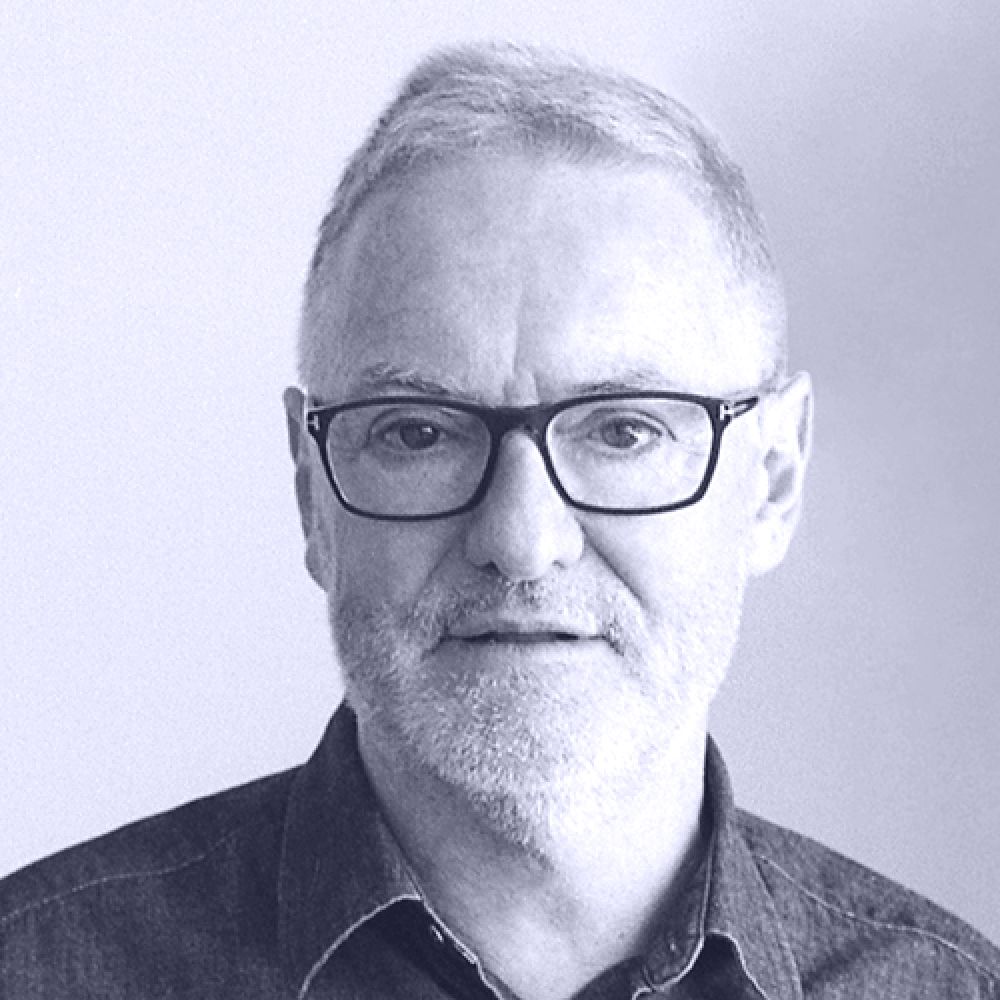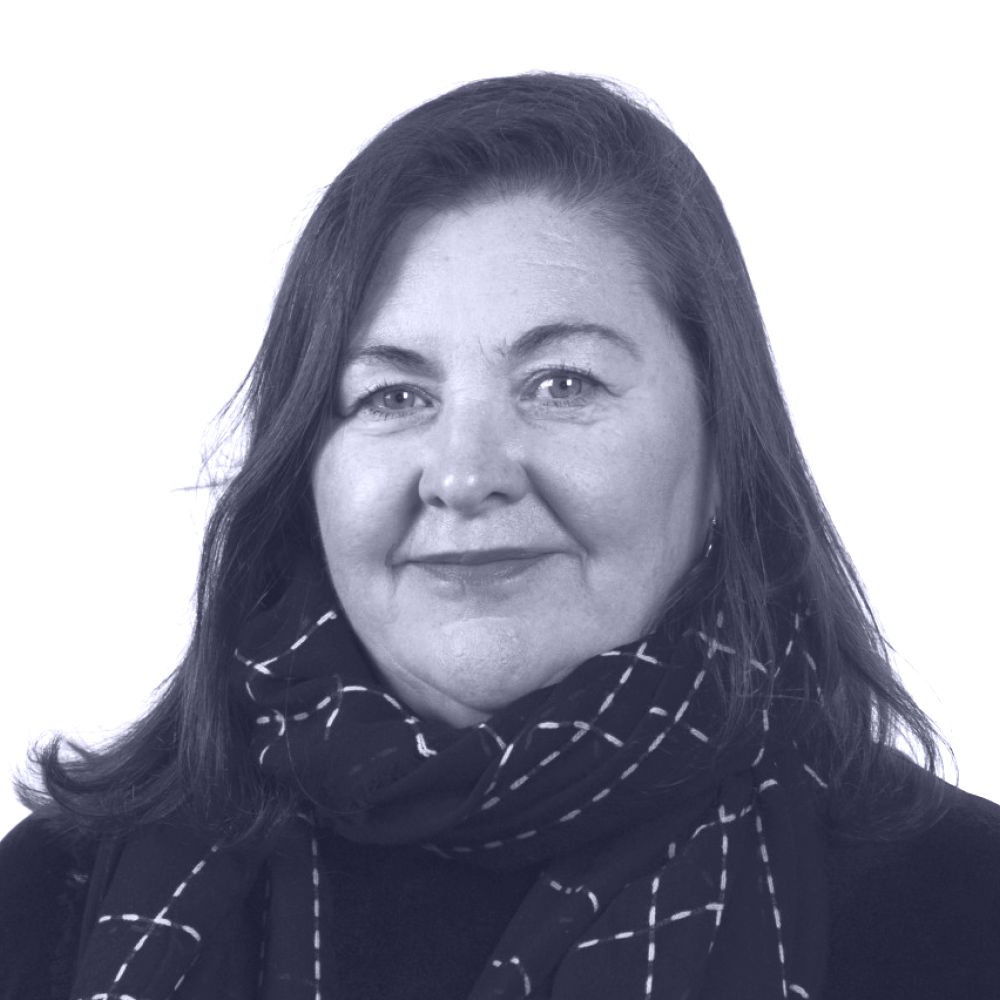Details.
When
Wednesday 18 May 2016
8.45am – 5.00pm
Where
Clemenger BBDO Auditorium
NGV International
Melbourne VIC
— Google Maps
Tickets
Ticket sales for this event are closed.
Partners
Old School / New School 2016Principal Partner
Major Partner
Venue Partner
Design Speaks Symposia 2016Presenting Partner
Download CPD Questions and Learning Outcomes
2016 Oldschoolnewschool Program Rev3Contacts
Event EnquiriesHeather Cotton
Project Manager, Awards and Events Sponsorship EnquiriesProgram.
- 8.45 am Arrival and seating
- 9.00 am Welcome from Cameron Bruhn, Editorial Director, Architecture Media
-
9.15 am
Keynote Address
Monica Parker
Founder, Hatch (London) -
10.00 am
Keynote Address
John Wardle
Principal, John Wardle Architects (Melbourne) - 10.45 am Morning tea
-
11.15 am
Case Studies
Libby Guj
Design Principal, JCY Architects and Urban Designers (Perth) -
Debbie Ryan
Director, McBride Charles Ryan (Melbourne) -
Marco Berti
Lecturer, Management Discipline Group, University of Technology Sydney (Sydney) -
12.15 pm
Keynote Address
Michál Cohen
Director, Walters & Cohen Architects (London) - 1.00pm Lunch break
-
2.15 pm
Keynote Address
Jan Owen
CEO, Foundation for Young Australians (Melbourne) -
3.00 pm
Panel Discussion
Monica Parker (chair), Jan Owen, John Wardle and Michál Cohen with questions from the audience - 3.45 pm Closing comments from Cameron Bruhn, Editorial Director, Architecture Media
- 4.00 pm Closing drinks
- 5.0 pm Event closes
- Download CPD Questions and Learning Outcomes
Keynote Addresses.
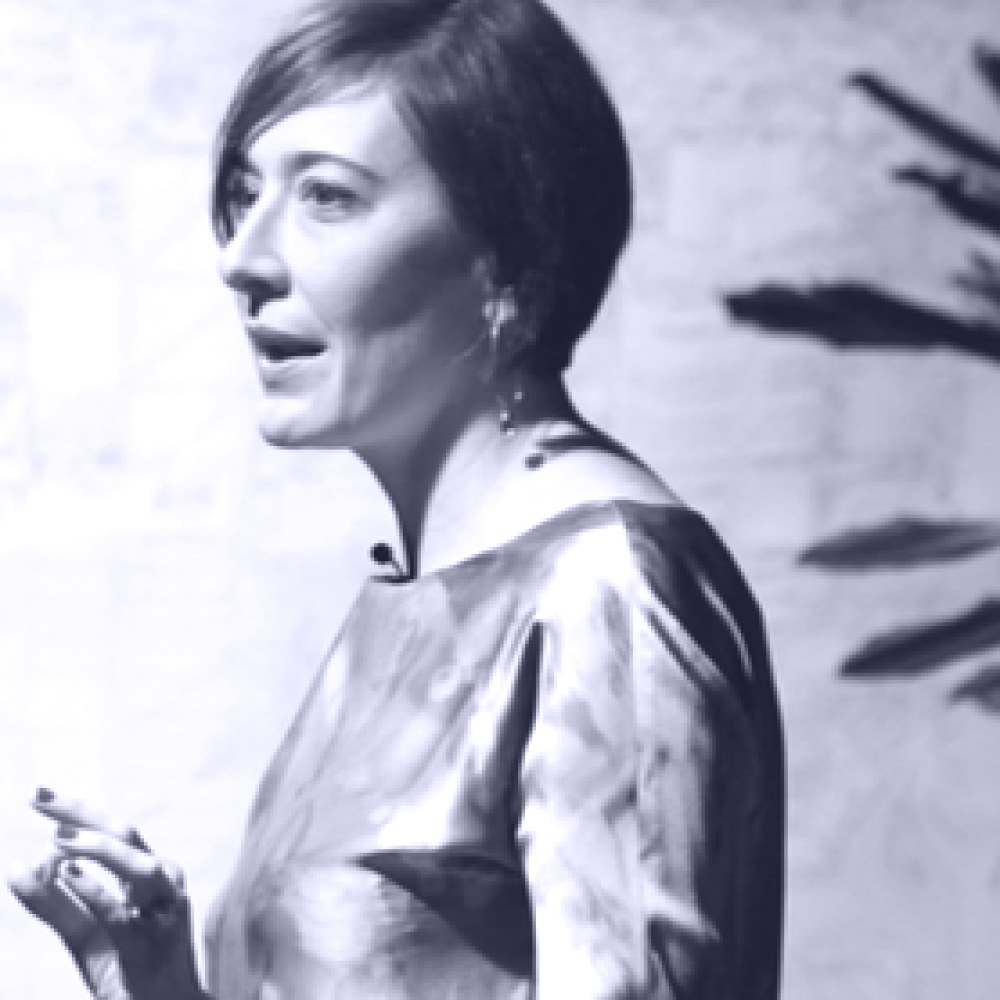
Teaching Resilience in an Uncertain World
Presented by
Monica Parker, Founder, Hatch
Disruption is the new norm. Change is the only constant. Sometimes change is a chosen directional shift, but frequently it manifests itself in an external nudge or even existential threat. Social science would say that there is a single element that underpins all successful coping strategies ... resilience. Research by the Chartered Institute of Personnel & Development found 90 percent of hiring mangers cited resilience as a key attribute necessary for the workforce of the future. How are we teaching the workforce of the future for this critical skill? Learn what lessons we can take from current resiliency research about the workplaces of today to better understand how to create the most meaningful learning environments of tomorrow.
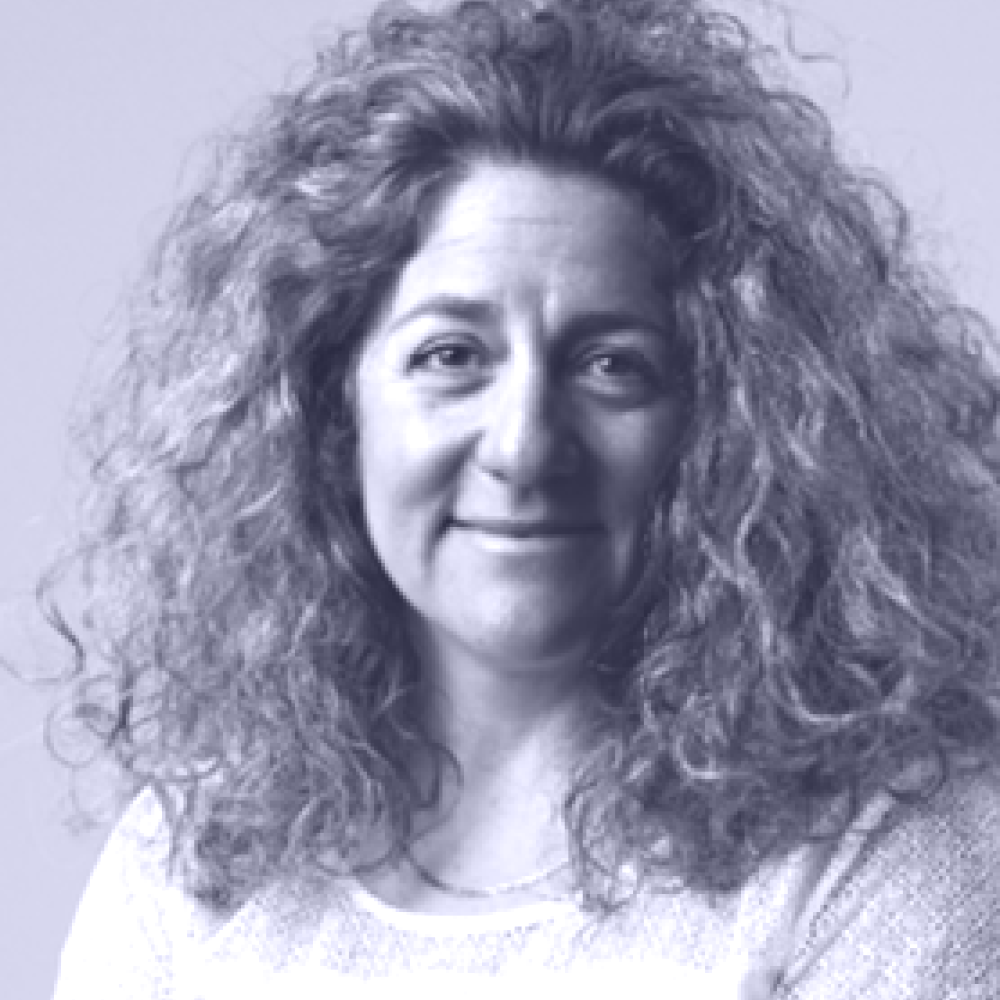
Learning, Policy, and the Wonderful School Environments
Presented by
Michál Cohen, Director, Walters & Cohen Architects
School buildings are a key component of the educational experience. The development of these buildings should focus on creating sustainable, creative and inspirational environments that enhance the users’ appreciation and awareness of the issues affecting their local environment, the resources used within it, the global environment and the importance of good design. Also, understanding the ways in which young people learn influences design enormously, and we should aim to change the culture of education delivery from an institutional approach to one that is transformational, able to accommodate many teaching and learning styles and education that looks to the future. Drawing on Walters & Cohen’s extensive portfolio of education buildings, Michál’s presentation will look at the way people learn and the impact of policy on school buildings, with reference to her research into the effect of education on the built environment and the schools they have completed.
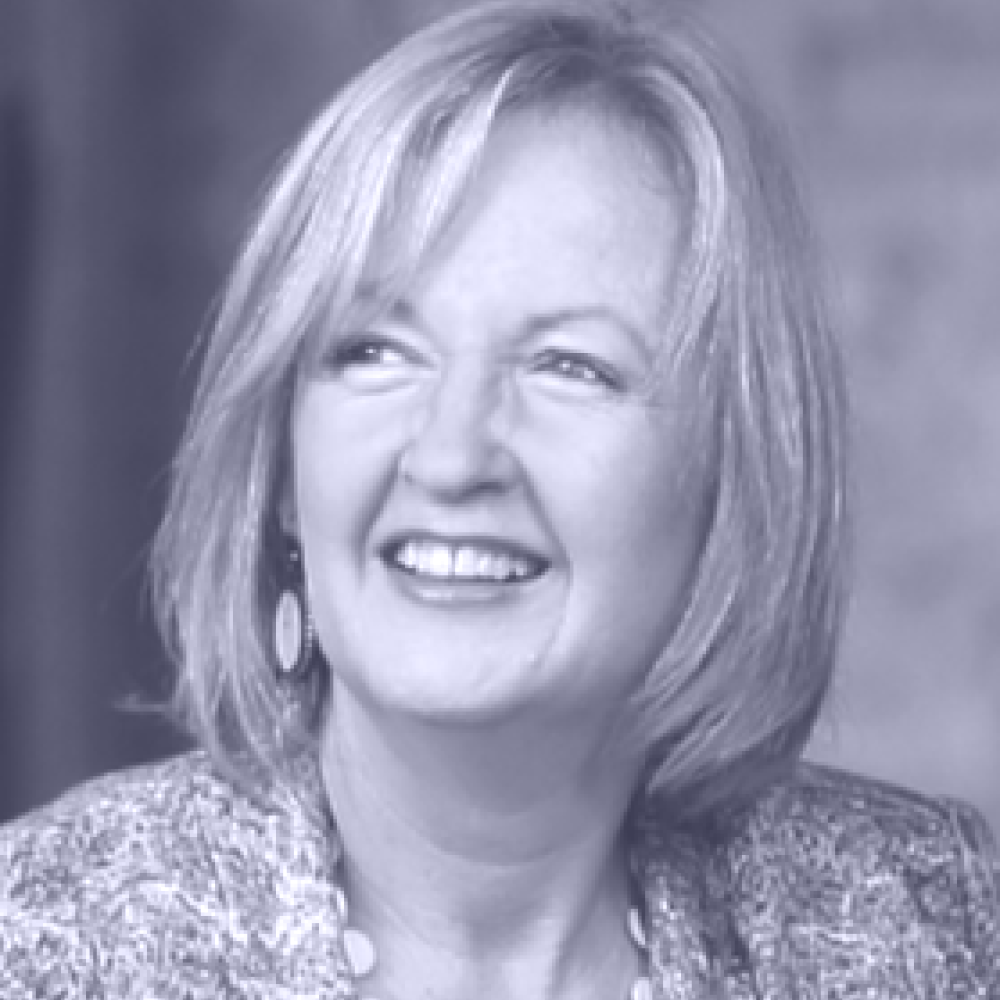
The New Basics
Presented by
Jan Owen, CEO, Foundation for Young Australians
The Foundation for Young Australians’ report The New Basics: Big Data Reveals the Skills Young People Need for the New Work Order shows that employers are placing a premium on enterprise skills at a time of change in our workforce. An analysis of 4.2 million job advertisements from 2012–2015 found there is rising demand for enterprise skills such as critical thinking (up 158%), digital literacy (up 212%), creativity (up 65%) and presentation skills (up 25%). On top of this, jobs advertisements that ask for enterprise skills are paying employees more, including digital literacy (an additional $8,648 per year) and problem solving (an additional $7,745 per year) and employers of younger workers are asking for an enterprise skill as often as a technical skill in job advertisements. Jan will explore how the findings of the FYA report can be interpreted to speculate on possible futures for the design of educational facilities.
Case Study Talks.
Ngoolark Student Services Building (Perth)
Presented by
Libby Guj, Design Principal, JCY Architects and Urban Designers
How parents, students, communities and industry partners choose one place for learning over another is far more complex than simply the courses available, their cost and educational quality. In choosing a place for learning, the criteria and qualities evaluated are multidimensional and increasingly focused on quality of place, services, ability to connect and partake both on and off site, and the provision of flexibility related to family and work commitments. Libby believes all institutions must consider the many requirements of students, staff and community, while being prepared to evolve frequently, smoothly and quickly with the certainty of change. Libby will present an in-depth case study of Ngoolark, the new Student Services Building at Edith Cowan University’s Joondalup campus in Western Australia. Ngoolark creates an integrated student and research centre within a campus urban design framework that includes a public forecourt with pop-up retail, cafes and landscaped areas connecting the new facility to the surrounding buildings. The building becomes a ‘place’ that connects an entire precinct including the library, lecture theatre, the chancellory building and key campus pedestrian links.
Ivanhoe Grammar School’s Science and Senior Years Centre (Melbourne)
Presented by
Debbie Ryan, Principal, McBride Charles Ryan
At Old School/New School, Debbie will present on Ivanhoe Grammar’s new Science and Senior Years Centre by MCR. The key characteristics of the project’s learning spaces were transparency, variety of spatial type, multiple-use, flexibility, adaptability and interconnectivity between the learning spaces to the outside. The circular shaped plan form was adopted for the building; this shape had an appropriate civic quality that built upon the school’s original masterplan. However, rather than adopting a circular or radial pattern, MCR chose to overlay an angular geometry. This geometry was used to define the central courtyards, the light wells and a mosaic of learning spaces. The circular form is classical, representing order and the certainty of knowledge – the building’s expressive and complex mosaic of spaces represents the uncertainty and complexity of modern life and scientific understanding, and the necessity of the qualities of wonder and imagination to help us understand.
Dr Chau Chak Wing Building at the University of Technology, Sydney (Sydney)
Presented by
Marco Berti, Lecturer, Management Discipline Group, University of Technology Sydney
University of Technology Sydney (and UTS Business in particular) has come at the forefront of the trend among tertiary institutions to establish new buildings, in the hopes of improving students’ learning experiences, but also to increase the visibility of institutions in a highly competitive education market. UTS’s new business school, by “starchitect” Frank Gehry, had a particularly ambitious intent: to promote greater internal and external engagement and collaboration in research, teaching and learning. Since the building’s inauguration in February 2015, a team of researchers from UTS Business has been collecting data to assess to what extent these ambitions have been met. Marco and his team investigated the behaviour and perceptions of academics, students and school administrators. While the research is ongoing, Marco will present some of these findings at Old School/New School. The findings provide interesting insights into the quality of the design of this building and, more importantly, on the complex relationship between architectural design and organizational behaviour, questioning whether the design of a space directly shapes work practices.




